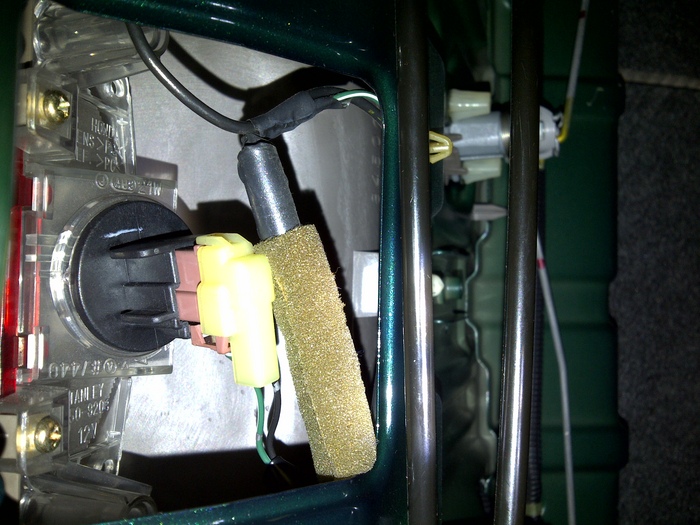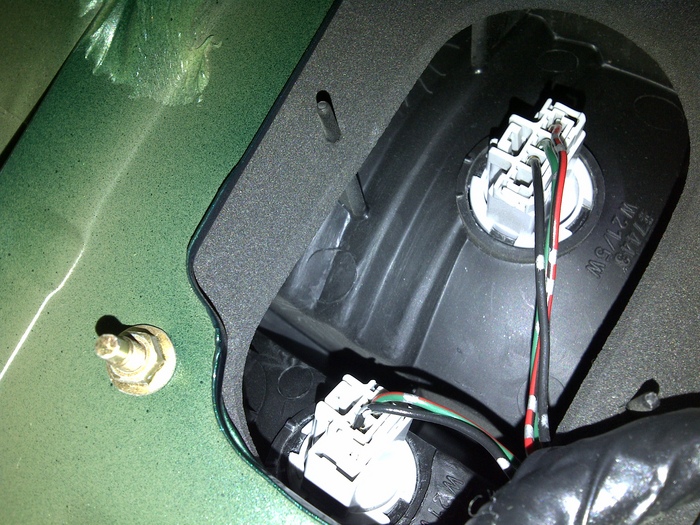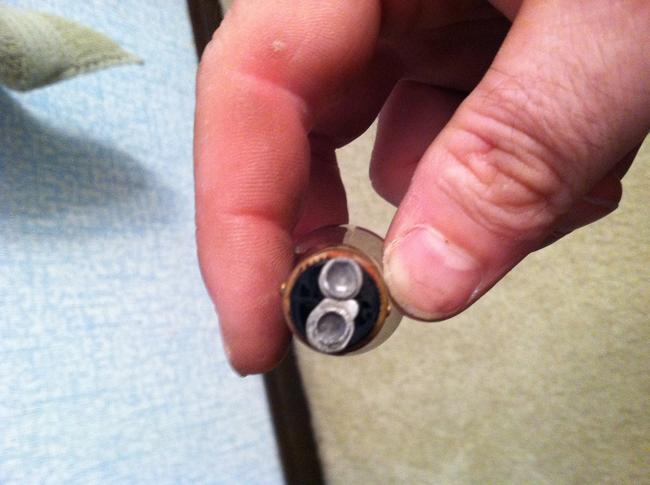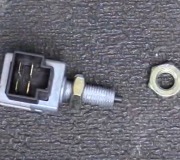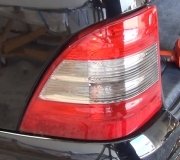On a side note, and less urgent, is the fact that when I push on my brakes, whether or not the headlights are on, my front blinker lights turn on. While I guess this isn't supposed to happen, it is not draining my battery, nor is it interfering with my car's ability to pass state inspection, so I'm not too concerned with it.
Any ideas/help? This has been going on for about 4years (started when 2 of the brake bulbs burned out and we replaced them) and only this year has the state inspection place decided that it's an issue.
SPONSORED LINKS
Monday, May 9th, 2011 AT 6:08 PM
